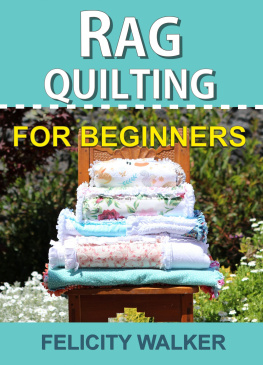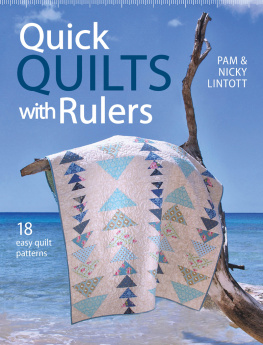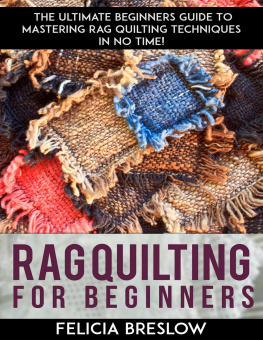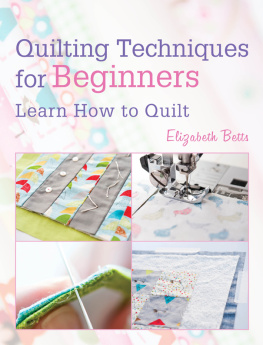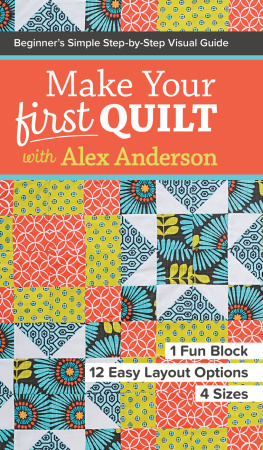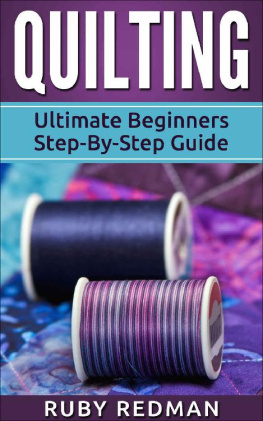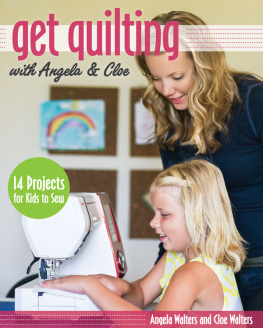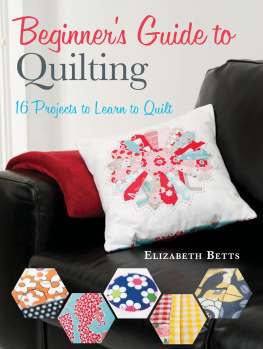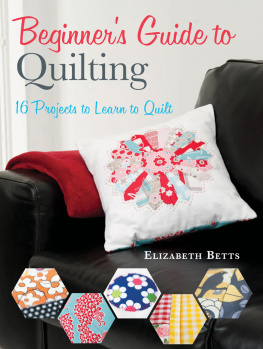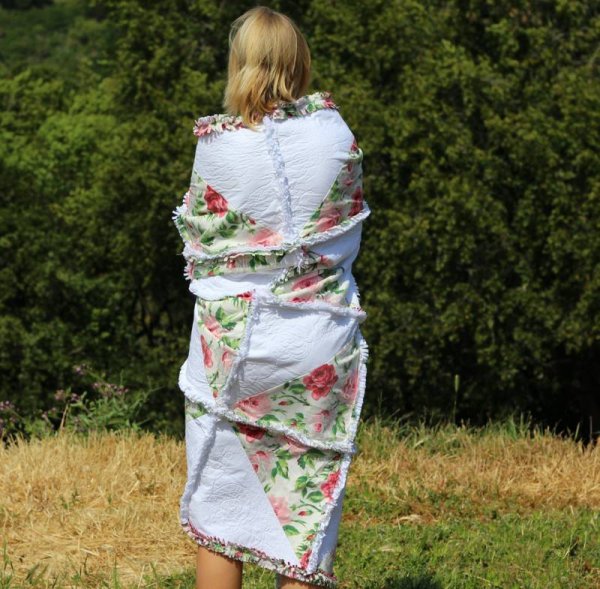
COPYRIGHT 2015 FELICITY WALKER. All rights reserved.All photos either taken by Felicity Walker, or or used by permission under a Creative Commons license.
Complete, Step-by-Step Photo Guide
Three Easy Tutorials
11 Rag Quilt Patterns
Sign up for Felicity's Walker's free newsletter
The Easy, Cozy Fun of Making Rag Quilts
IF YOU CAN cut a strip of fabric, sew a (reasonably) straight line on your sewing machine, and use a pair of scissors, congratulations! You have all the skills you need to be a rag quilter.
This book will introduce you to the fun of making rag quilts and guide you step by step through your first projects.
What's special about rag quilts? Rag quilts are everyday quilts, casual quilts, snuggle-up quilts made to be used: dragged around, thrown in the wash when they get dirty, then fluffed up and used some more. You wont typically see rag quilts on display at quilt shows or in museums. But everybody who gets a chance to wrap up in a rag quilt loves that feeling of cozy softness.
I always keep one in my car for my teenagers to huddle under on the way to school on cold days. We have a couple in our family room to snuggle up in while we watch TV.
Rag quilts make wonderful baby gifts. New parents love to wrap babies up in them after a bath or at nap time. I gave one to my new niece and get a thrill from seeing her with it in the photos her mom posts online.
One of the best things about making rag quilts is that they are just so easy. You make them using a fast and forgiving quilt-as-you go method that speeds up the process of making your quilt and helps hide any mistakes you might make. Need a last-minute gift? You can throw a rag quilt together in a day or less.
Another great thing about making rag quilts is all the things you dont have to do. You dont have to cut out hundreds of fussy little fabric pieces, sew your quilt together with operatingroom precision, baste it with dozens of safety pins, wrestle the whole thing under the sewing machine for machine quilting, or sew together lots of fabric strips to make a quilt binding. Rag quilting is the easiest way to quilt that I know of.
You can use new fabric to make a rag quilt, or recycle old shirts, sheets, blue jeans, chenille bedspreads pretty much any fabric that takes your fancy.
Whats In This Book?
Everything you need to know to make your first rag quilts is here:
- A guide to the tools and supplies youll need.
- Step-by-step photo instructions for choosing fabrics, cutting, layering, quilting, sewing your quilt together, and finishing the outer edges.
- Tutorials for three fun and easy rag quilt projects, with complete fabric requirements and cutting instructions.
- Patterns for eight more unique rag quilts you can make with the blocks from Project #3.
Project #1: Quick Strips Rag Quilt
This quilt was so easy that I made it from start to finish in one afternoon, without even breaking a sweat. The whole quilt has only seven seams in all. Its a busy quilters dream, the perfect first quilt to make if youre a new rag quilter. The quilt is just the right size to make as a baby or child gift, and the big open strips are perfectly suited to all the adorable fabrics available for children.
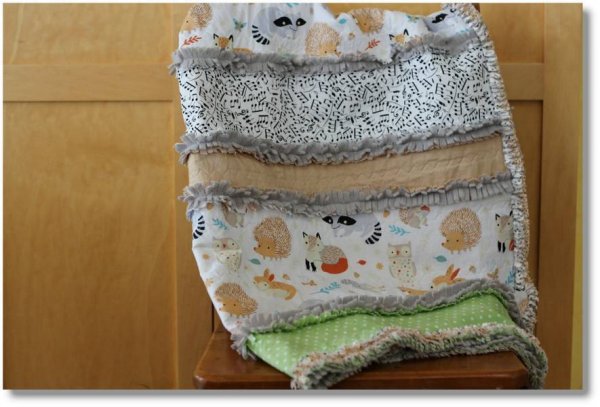
Project #2: Classic Squares Rag Quilt
You will see variations on this rag quilt in photos all over the Internet. This pattern is so popular because its so simple. With the right fabric choices, it looks terrific too. The shabby chic version in this book uses three flannel fabrics. I give you complete cutting, sewing, and finishing instructions for making the quilt, plus advice on making it in different sizes.

Project #3: Nine Triangle Quilts in One
The half-square triangle block used in this easy star quilt is one of the essential blocks every quilter should know how to make. This project starts with a half-square triangle tutorial. Then you will learn how to assemble your triangle blocks into this beautiful and surprisingly simple quilt.
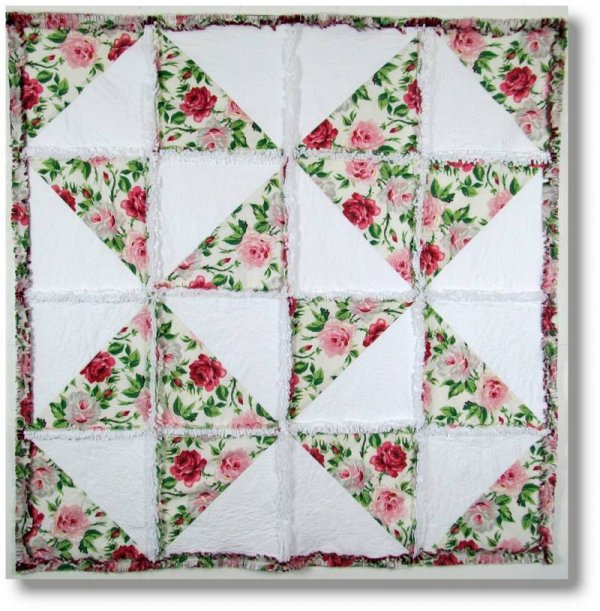
But thats just the beginning! This project also includes patterns for eight more completely different quilts you can make using exactly the same quilt blocks. The only thing you have to change is the way you lay out the blocks. How cool is that?
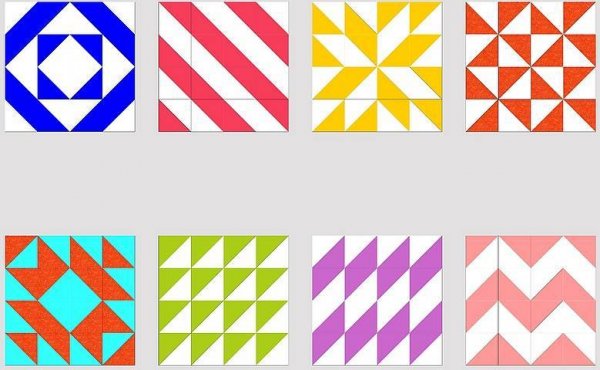
So, are you ready? Let's get started!
As a first step, Id like to invite you to join my mailing list and get the Quilter's Diary newsletter delivered to your email inbox.
As a thank-you for signing up, I will send you a free ebook of applique letter and number templates you can use to personalize your quilts, sewing projects, or other crafts. It's my gift to you. You will also receive my free newsletter with tips on quilting techniques, tutorials for favorite quilt blocks, quilted holiday projects, and much more. I'm also available to answer quilting questions.
If you would like to know more about quilting basics, I recommend Quilts for Beginners, my best-selling book for new quilters. Its available in paperback and as an eBook.
Thanks for reading, and happy quilting!
Felicity Walker

Rag Quilting for Beginners:
How-to quilting book with 11 easy rag quilting patterns for beginners
Book #2 in the Quilting for Beginners series
By
Felicity Walker
COPYRIGHT 2015 Felicty Walker. SmashWords Edition
1: How Rag Quilts are Different from Other Quilts
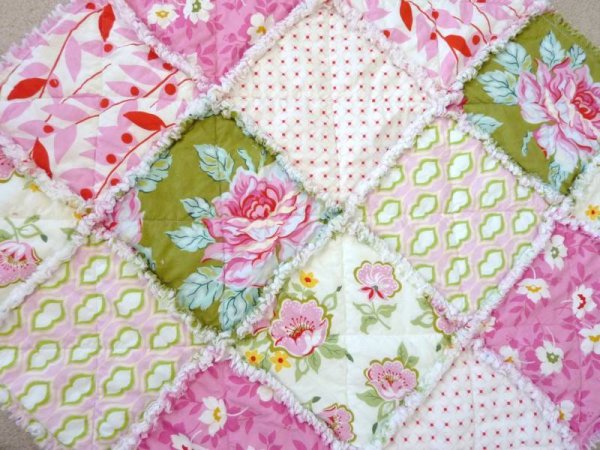
Photo by Sweet Baby Jamie, Flickr.
Rag quilts are different from standard quilts in several ways. This chapter covers the important differences and what they mean to you as a rag quilter.
Quilt-as-You-Go is the Rag Quilting Way
When you sew a rag quilt, you layer and quilt each block or section separately, before you sew any of the sections together. Working in smaller sections is called quilting as you go, and it is much easier than the standard method of making a quilt, which involves sewing together the whole quilt top first, then sandwiching and quilting the whole thing all at once.
Try quilting as you go, and I think youll agree that its much more fun to work with one block or one section at a time than it is to wrestle the bulk of a whole big quilt through the throat of your sewing machine.
Every Layer Shows on a Rag Quilt
When you make a standard quilt, you focus most of your effort on the quilt top, because thats the part of the quilt you see the most. The middle batting/wadding layer is buried between the top and backing layers and is never seen at all. The back side of the quilt is often hidden on a bed or against a wall.
Next page
